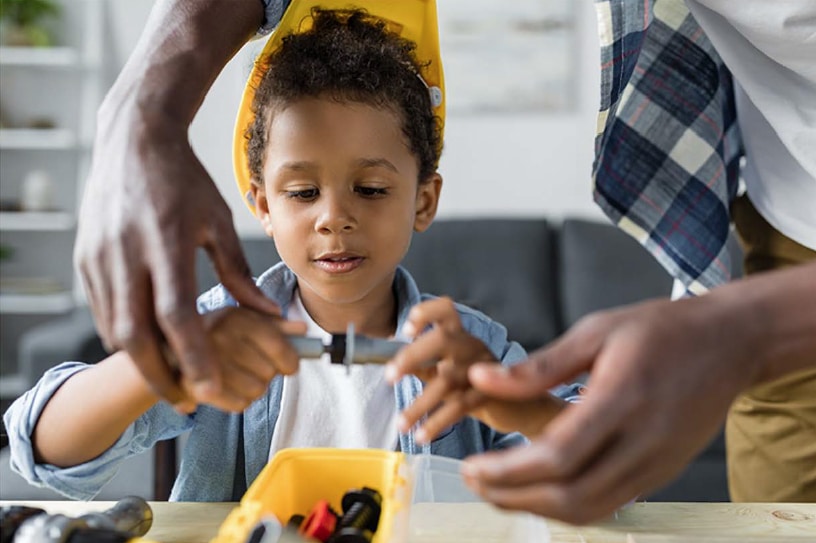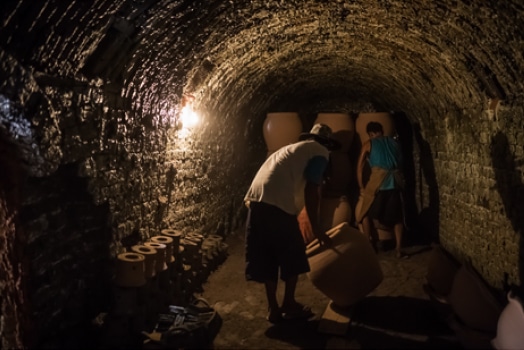Low light photography need not be a tricky assignment. Knowing your camera settings, and how far you can push those settings, will make it simpler to obtain a sharp image. Below is our best quick tips for taking photos in low light.
The Problem
Taking photos in low light indoors, where there is less available light, often requires a slower shutter speed which can result in blurry images.
Solutions
1. Use a wide aperture such as f/2.8. Using wide apertures (low f/number) will allow more light on to the sensor at a faster rate without the need for flash.
2. Increase the cameras ISO. This will determine how sensitive your camera sensor is to light. The higher you set your ISO, the faster the shutter speed will be, which will result in less motion blur.
Latest model cameras can easily shoot at ISO 1600 or even 3200 with acceptable levels of noise (grain). Experiment with higher ISO settings indoors to judge how high you can push the ISO, yet still be happy with the result.
Camera Settings. Aperture f/2.8, ISO 400, 11200sec shutter speed
3. Use Flash
Low light photography sometimes is just too difficult and needs additional light. If you don’t have a lens that stops to f/2.8 aperture and / or you have an earlier model camera that doesn’t handle higher ISO very well, then your best option may be to use flash.
As a general starting point, try manual mode with aperture f/4, ISO 800 and shutter speed 1/200 second. I recommend a speed light in preference to your onboard flash that pops up on some camera models. You can pick up speed lights for as little as fifty or sixty dollars nowadays.
To create a soft light, point the flash to the ceiling, then move it down one notch (45 degree angle to the roof) so it bounces beautifully onto your subject.
If you must use your onboard flash, turn down the strength of the flash in the cameras settings.
Camera Settings. ISO 2500, f/2.8, 1/80 sec shutter speed
Sign-up for our online photography course and learn how to master your digital camera in easy to understand “at your own pace” lessons.
Click here for more information and sign-up details

